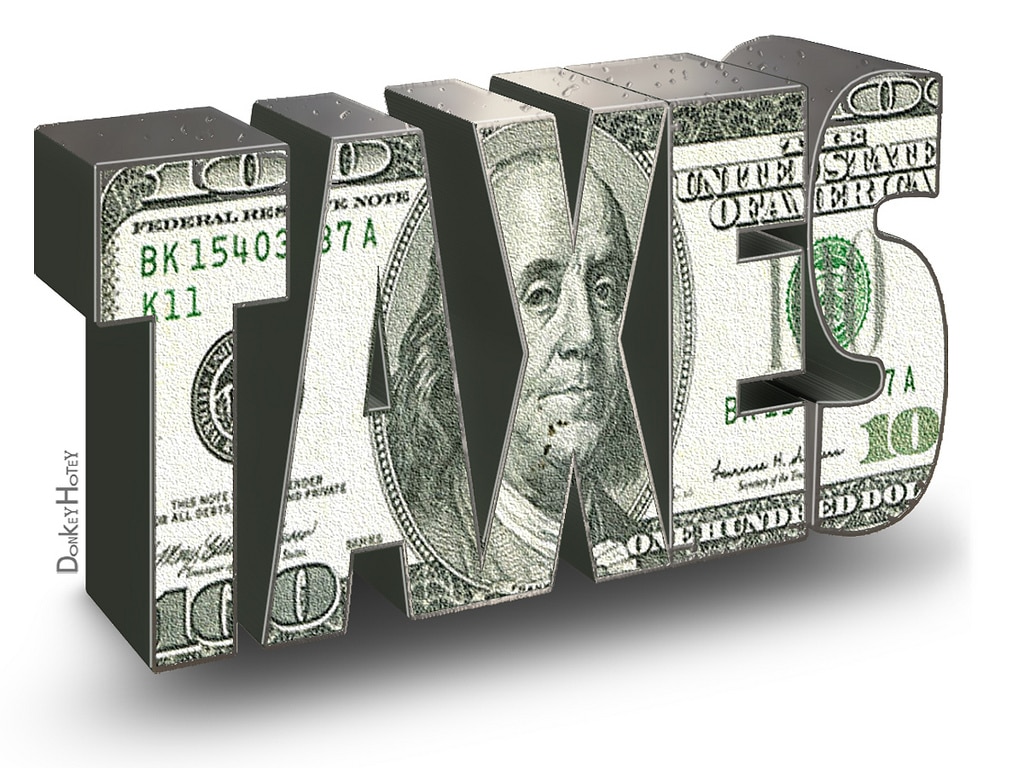Whether you currently sell products online or you are just getting started, sales tax compliance is something that you shouldn’t ignore. It’s vital that you are accurate in your calculations and correct in what different states and cities owe because it ensures that your business complies with the laws. Forty-five states as well as Washington D.C. all require sales tax (and these come at different rates based on the state). Also, some cities have their own sales tax laws you’ll need to abide by. To help you achieve sales tax compliance, here are a few keys to success.
#1: Find Out the Locations You Need to Collect Sales Tax From
When you have a connection to a state (also called a “sales tax nexus”), then you’ll need to have buyers pay the appropriate sales tax. There are a few different ways that you can create this connection, such as selling the product to the person that lives in the state, having an affiliate or business personnel in the area, keeping inventory stored in the area, and selling items at a special event that was located in the state.
#2: Make Sure That the Product You Sell Requires Tax to Be Paid
Some businesses may not have a taxable item that they are selling in the state like digital products, groceries, and textbooks. However, not all states are going to be the same when it comes to taxable items. For example, groceries are taxable in Alabama, but they are tax exempt one state over in Tennessee.
#3: Before Collecting Taxes, Register for a Sales Tax Permit
You can register for a sales tax permit online once you find that the products you sell are taxable and you have a connection with the state. Make sure you do this before you begin selling products and collecting taxes. After you’ve received your permit, you’ll also get a filing frequency and due date for the sales tax. Once again, pay attention because the different states can have different frequencies.
#4: Incorporate a Sales Tax Collection Feature on Your Website
When customers buy products from your website, there should be a way to apply taxes to the transaction. You can collect these at the shopping cart and the most common way to do this is to base it on the state in their shipping address. However, there are some special circumstances that may change this. If you have an out of the normal transaction, then you’ll want to do a little extra research to make sure you’re paying the appropriate amount of taxes.
#5: Report and File Your Tax Returns on Time
Now that you’ve incorporated a system for sales tax compliance on your website and have identified the states and products that require attention, it’s time to report what you’ve collected and file your tax returns. These need to be in on time, so make sure you pay close attention to each state’s frequency and mark it on the calendar. And remember, if you don’t want to DIY this on your own, bring in the experts!

